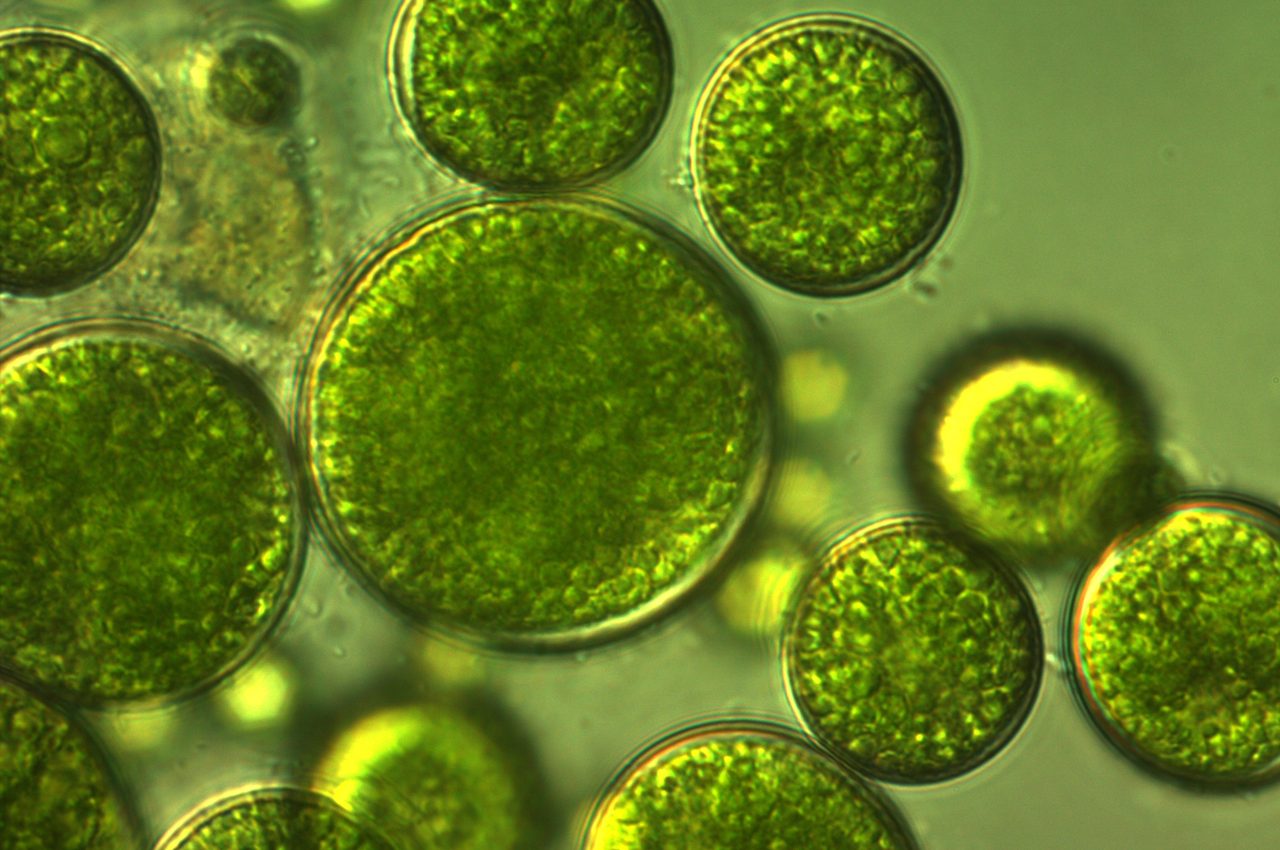
Algae may have teamed up with fungi to give rise to the first terrestrial plants
A study from Michigan State University (MSU) is shedding new light on how plants first started growing on land. While scientists have long theorized that the first plants descended from green algae, details of the early transition from the water to land has remained a mystery.
The MSU research provides evidence that, over 500 million years ago, algae may have hitched a ride out of the water with fungi to colonize the land.
“Fungi are found all over the planet,” said study co-author Zhi-Yan Du. “They create symbiotic relationships with most land plants. That is one reason we think they were essential for the evolution of life on land. But until now, we have not seen evidence of fungi internalizing living algae.”
The investigation was focused on a strain of soil fungus, Mortierella elongata, and the marine alga Nannochloropsis oceanica. These organisms, which are both from old lineages, form a strong relationship when they are grown side-by-side.
“Microscopy images show the algal cells aggregating around and attaching to fungal cells,” said Du. “The algal wall is slightly broken down, and its fibrous extensions appear to grab the surface of the fungus.”
Remarkably, after the algae and fungi were grown together for about a month, some of the algal cells actually entered the fungal cells. According to a report from MSU, this is the first time experts have seen fungi internalize a eukaryotic, photosynthetic organism.
“This is a win-win situation. Both organisms get additional benefits from being together,” explained Du. “They exchange nutrients, with a likely net flow of carbon from alga to fungus, and a net flow of nitrogen in the other direction. Interestingly, the fungus needs physical contact with living algal cells to get nutrients. Algal cells don’t need physical contact or living fungus to benefit from the interaction. Fungal cells, dead or alive, release nutrients in their surroundings.”
“Even better, when nutrients are scarce, algal and fungal cells grown together fend off starvation by feeding each other. They do better than when they are grown separately.”
This increased resilience may explain how algae survived the move onto land.
“In nature, similar symbiotic events might be going on, more than we realize,” said Du. “We now have a system to study how a photosynthetic organism can live inside a non-photosynthetic one and how this symbiosis evolves and functions.”
The study is published in the journal eLife.
—
By Chrissy Sexton, Earth.com Staff Writer













